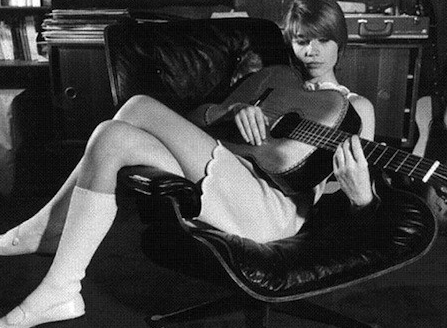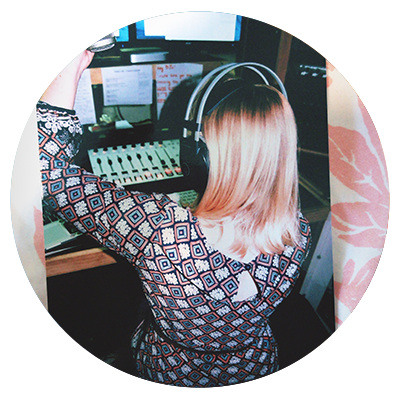It’s hard to go wrong when picking a soundtrack to your summer, but some genres lend themselves to the dog-days of sun and salt with effortless ease. Yé-yé is such a sound, with evergreen relevancy that combines a Kodak-filtered nostalgia with tongue-in-cheek lightness that’s as fun today as it ever was.
A fusion of Western European and American stylistic elements, yé-yé rose to prominence in the early 1960’s featuring primarily French artists. Translating to “Yeah! Yeah!” the movement can be traced back to popular French radio show Salut les copains, which dominated drive time airwaves throughout the week on French radio station Europe 1. The show served as a springboard for most yé-yé artists such as Françoise Hardy, Sylvie Vartan, and Johnny Hallyday.
Mixing rock, pop, baroque, exotica and traditional French chanson, yé-yé gained further cultural traction for the visual element affiliated with the music. Paying homage to classic rock and roll grandeur, a subtle restraint made the faces of the genre undeniably chic. This duality matched the lyrical content of many songs, which relied on double entendre to lead the listener to the crossroads of innocence and sensuality, while allowing them to choose which path to interpret and enjoy the music on.
While yé-yé enjoyed a fruitful reign throughout the 1960’s, the elements of tropical ersatz have transcended eras. Coming to prominence in the mid to late 1990’s, Shibuya-kei was a Japanese microgenre that created its own unique sound of J-pop, soul, and lounge while still relying on 1960’s and Western pop music. The term “Shibuya-kei” comes from Shibuya, a culturally rich area in Tokyo which housed larger record stores boasting diverse catalogs and obscure genres. Truly a result of the emerging global nature of music, Shibuya-kei can be interpreted through a postmodernist approach to camp, or can just as easily be appreciated for its ability to make the listener feel as buoyantly happy as its 1960’s counterpart.
Transcendent still, if you recognize the yé-yé tracks included in the accompanying playlist you might remember them from a Wes Anderson or Quentin Tarantino flick. Ultimately yé-yé pairs especially well with the sun-bleached nature of late summer with its equally carefree and refreshing charm. Eschewing strict societal confines, yé-yé embodies a youthful turn of cheek and an embrace of the present.
OPEN THIS MONTH’S PLAYLIST IN YOUR BROWSER >
Artist: Brigitte Bardot
Track: Tu veux ou tu veux pas
Delightfully playful, this Bardot track embodies the genre’s ability to rely in equal parts in lyrical wit, as well as brash instrumentation.
Artist: France Gall
Track: Laisse tomber les filles
An infectious and catchy groove takes your hand and guides you through the journey of this France Gall classic.
Artist: Jacques Dutronc
Track: Les cactus
Emblematic of the genre, intoxicating guitar rifts meld with freeing percussion meant to fill the dancefloor.



